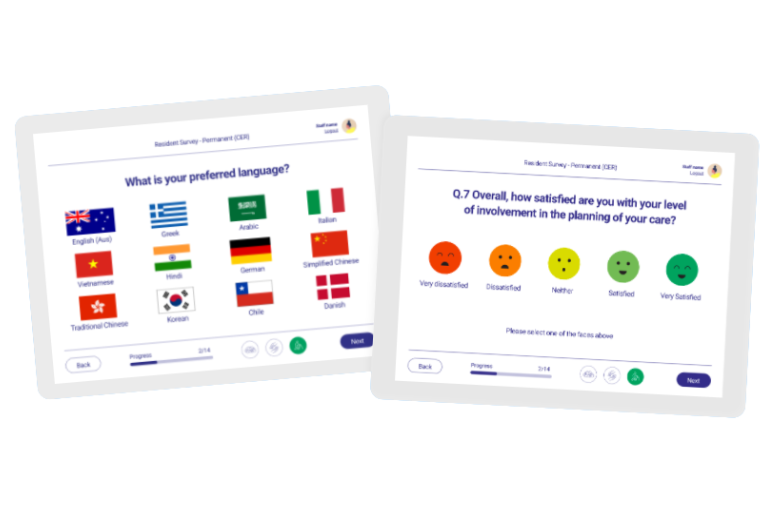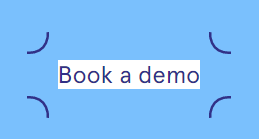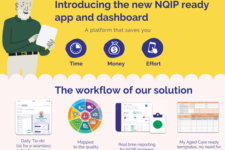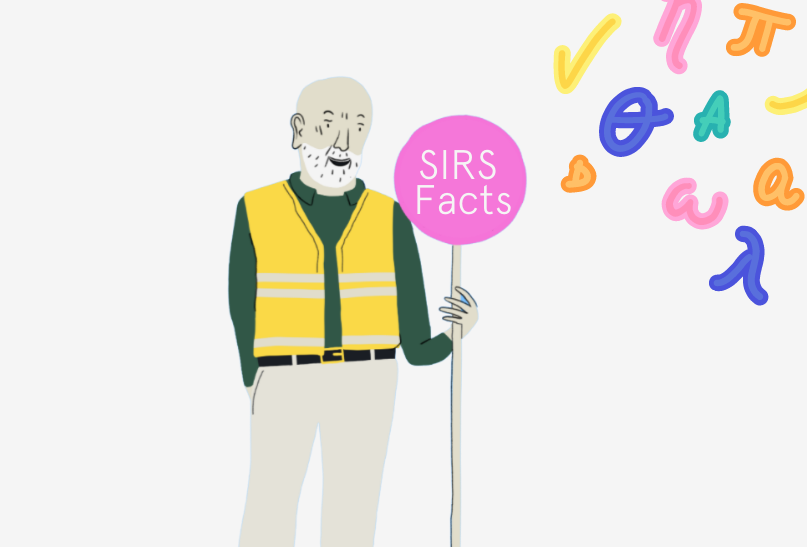
If your customer experience strategy doesn’t include accessibility, remember the adage,“Essential for some, useful for all.” This phrase is relevant for digital and physical communities that prioritise accessibility and proves why designing for inclusion is key when building customer experiences.
Inequality in service provision doesn’t usually come from wilful discrimination, but a lack of conscious effort to be inclusive in our practices.
This is especially true when it comes to a company’s CX (customer experience) program, especially for disability services where your clients have a known disability. So if you are running surveys that are not following best practice design principles it makes it that little bit harder for them to interact.
And in effect has the potential to provide ineffective results. After all, other than compliance the main purpose of investing in a customer experience survey is to receive genuine feedback on the service you are providing, therefore some might argue there is no point running a customer experience program if the person it’s intended for can’t understand or read what you are asking them.
Since paper and pencil surveys were often not accessible, survey accessibility is an essential requirement for including people with disabilities.
Are all survey tools accessible for those living with disability?
In short, the answer is no they are not.
Most out of the box survey software tools aren’t accessible for people living with low vision or disability, as they are designed for the masses and the ‘general public’ without a focus on the special needs of those living with disability. Therefore making them ineffective for people living with disability and non-inclusive
If you’re a disability services provider, you will have heard of the term web accessibility – which refers to the practice of making online content available to a diverse range of users.
Accessibility guidelines such as the Web Content Accessibility Guidelines (WCAG 2.0) are designed to consider the needs of people with barriers to web access. This includes individuals with physical or cognitive impairments, and other groups who may not identify as having a disability (e.g. older people).
Providing access to content on a range of devices can also be a factor in accessibility.
Accessibility needs to extend to feedback collection tools also.
A survey’s ability to produce accurate data hinges on its capacity to gauge the experiences of all relevant respondents.
In both the disability and aged care sectors, the opinions of care recipients with the highest-needs can reveal some of the most important information regarding customer experience.
Data sets that are bereft of insight from potential respondents due to age, cognitive impairment, physical impairment or language barriers have an increased likelihood of producing results that misrepresent the experience of your customers and impede an organisation’s ability to make decisions that are well informed.
Adopting inclusive data collection methods ensures the most conclusive results.
Avoidable barriers often prevail when:
- website text is too small for people to read
- hard to distinguish buttons
- surveys cannot be navigated by people with disability or memory impairment.
- content is only available in English
Accessible CX must shape every touch-point in a company, especially those companies where all their customers have some form of disability or cognitive impairment. It’s not just as an ethical responsibility, but because it makes good business sense to ensure your clients understand and can access the information you are putting out there. Accessible customer experiences promote positive affiliations with a brand and ultimately greater loyalty overtime.
Not sure where to start?
Let us introduce you to CarePage Business. We support disability providers to run a Voice of Customer Program, using accessible survey collection tools – designed with inclusion firmly in mind, so everyone is given a voice.
Thoughtful and highly accessible UX design, combined with W3C web-friendliness, makes it easy for your clients of all abilities and ages to give honest feedback.

Accessibility should be more than buzzwords. A commitment to accessible design needs to be embedded in your CX program, to truly deliver on the promise of seamless CX, take an accessibility-first approach that goes beyond simply meeting standards to attract, convert, and delight users of all abilities, but to ensure once you do gain a new customer that you are delivering on your promise.
Looking for a Customer Experience Survey tool that’s accessible for people living with disability?
Let our specialised Disability CX experts help you be accessible and inclusive.
Get in touch with Bianca Smith, Growth & Partnerships Manager to learn more about our specific survey tools or simply book in a demo below.














